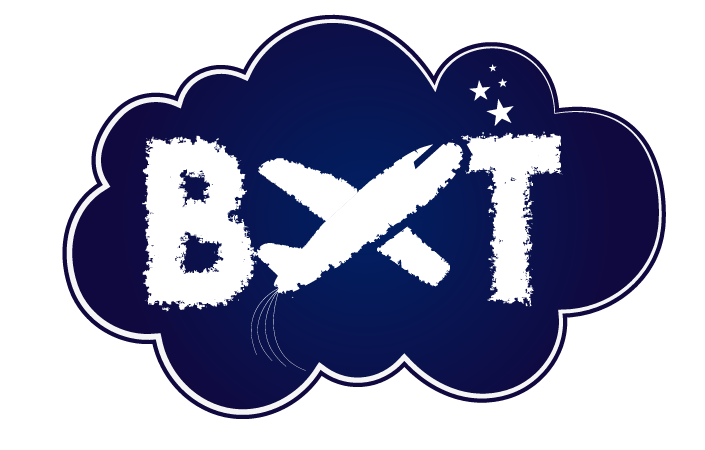Retail can be unforgiving when you fail to keep up with changing consumer trends. Few have felt this pinch, as much than Kelloggs, who have suffered their seventh successive sales slump in the third quarter of 2016. The emergence of healthy eating behaviors was just another passing fad according to many in the sector. We would all revert back to our piggish ways eventually. But this has not come to pass. Instead making healthy choices has become more entrenched in people’s minds pre-purchase. This is especially true in the cereal sector where Kelloggs aren’t the only brand to learn the hard way. It is forcing many interesting innovations within the marketing sector among brands scrambling to claw back market share and lost sales. Kelloggs, is one such company, forced into a massive rebranding of their product range.
New brand image
Cereal sales have been in a slump for some time now. This can mainly be attributed to a rise in consumer awareness of the necessity for a healthy and nutritious meal for breakfast. In line with growing levels of childhood obesity, many parents are more conscious of the role food plays in keeping kids healthy. The digital age has also made information easily available for parents and supplies many with the information necessary to make healthy choices. All this is available at the touch of a button for everyone.
As a millennial, I often visit online health magazines and health supplements in online newspapers to increase my nutrition knowledge. My generation especially are making a massive shift away from consuming cereals instead favoring eggs, nuts, fruit and yogurt. I have 2 eggs most mornings with toast and rarely eat cereal unless I feel like a late night snack post gym day. Situations like these have left manufacturers like Kelloggs with no other option but to rebrand their cereals from a breakfast staple to something more.
Kelloggs are attempting to negate the increasing negative information out there, that cereals do not offer a healthy or sustainable way to start your day. They wish to market cereals as a potentially healthy breakfast if supplemented with fruit and nuts providing nutrition. Not only this, but they are also trying to position it as a late night snack option before bed. By making cereals more adaptable to peoples changing eating patterns, it’s hoped it will result in increased consumption. Marketing cereals as just a healthy breakfast item, is no longer sustainable due to the massive influx of information, from the health industry, reaching the media that it does not induce stomach fullness.
Dressing up cereal
There is nothing like a new dress to make a woman look and feel sexy. Kelloggs have recently dressed up many of their products with new packaging to increase their own sex appeal. Their cereals needed an added ump to look more modern, youthful and attractive to consumers. Swipe right please.
In retail many brands are paradoxically afraid to change their product packaging despite changing times. A move like this, requires added investment. Moreover it also provides an increased risk that the new packaging might damage the product’s shelf and brand visibility. This fear can be paralysing, causing many brands to stagnate as their packaging fails to address changing consumer tastes, preferences and product consumption patterns.
Kelloggs repackaging has been both a necessary and inspired move. By improving their products visual marketing, Kelloggs hope this will correlate with improved brand perception in the marketplace. To tie into their brand positioning as healthy and wholesome, they have added nice visual effects that help this portrayal. Timber has been added to hold the bowl to illicit perceptions of a natural product and not artificial. Added to this are berries and nuts scattered in and around the bowl of cereal demonstrating the adaptability of the product and its potential healthiness.
Overall I feel it’s a very clean, sleek and simplistic design that I believe looks a lot more appealing than its predecessors. The new design for special k with a beautiful blue colour is particularly striking. Just Right’s new packaging also deserves a mention which has a nice wood texture table holding the bowl.
Changing perceptions
A repackaging strategy isn’t enough to change people’s opinion on cereals or the Kelloggs brand. A fully integrated marketing strategy is necessary to maximize message effectiveness and reach. Kelloggs have realised this, and have correspondingly increased sponsorship efforts in the sports environment in order to be perceived as healthier by association. It also reaches their biggest market, which is kids, who mostly follow sports religiously and idolise their sport’s stars.
Sponsoring Team USA for the Olympics was one move to gain public attention in their biggest marketplace. In addition, they introduced an interesting advertising campaign where they sponsored first time Olympic entrants and featured their images on their cereal boxes. First time athletes were chosen as they were deemed more relatable to the everyday person in comparison to established Olympic stars. In Ireland, they chose to feature Katie Taylor due to her high profile and status among a nation that rarely expects to (or wins) medals at the Olympics. To reach Irish kids and parents, they also sponsored GAA camps with the Kelloggs GAA cul cmps one example.
In summation
Selling cereals is difficult in the present changing times, with the increased consciousness of the need to eat healthier and more filling meals. Kelloggs have made interesting changes in effort to arrest their sales slump and confront peoples changing needs and wants. The product packaging particularly has added appeal to their products. But how long will it before they will have to take the most drastic step and actually increase the healthiness of their product rather than its perception?! This would possibly be the most expensive, daring and necessary step of them all.
